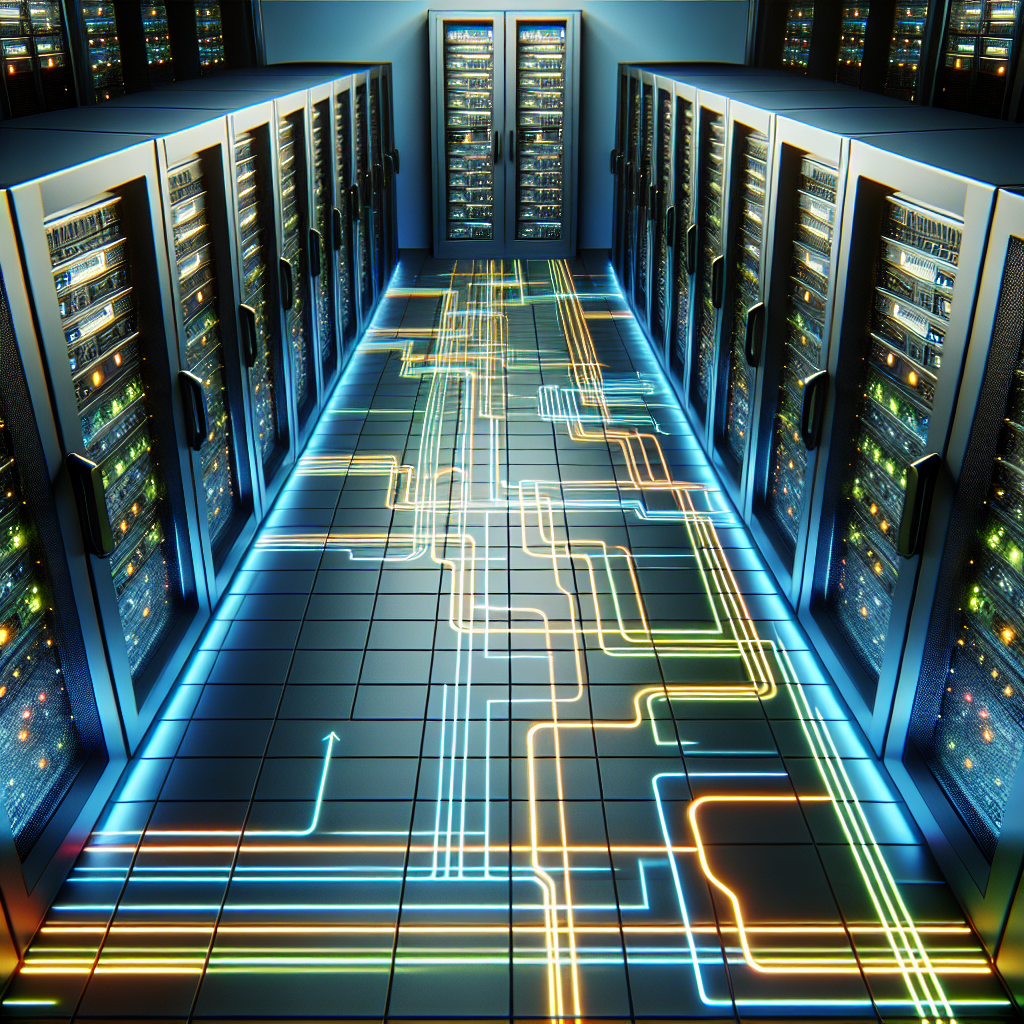Your cart is currently empty!
Understanding the Role of Power Distribution in Data Center Performance

In today’s digital age, data centers play a crucial role in storing and managing vast amounts of information for businesses and organizations. These facilities are designed to provide a reliable environment for the operation of servers, networking equipment, and storage devices. One key component that is essential for the efficient functioning of a data center is power distribution.
Power distribution refers to the process of delivering electrical power from the main source to various components within a data center, such as servers, cooling systems, and lighting. The efficiency and reliability of power distribution systems directly impact the performance and reliability of the entire data center infrastructure.
There are several important factors to consider when understanding the role of power distribution in data center performance. These include:
1. Redundancy: Data centers require a high level of redundancy in their power distribution systems to ensure continuous operation in the event of a power outage or equipment failure. Redundant power sources, such as backup generators and uninterruptible power supplies (UPS), are essential to prevent downtime and data loss.
2. Capacity Planning: Data centers must carefully plan for the power requirements of their equipment and infrastructure to ensure that there is enough capacity to support current and future growth. Overloading power distribution systems can lead to overheating, equipment failure, and potential fire hazards.
3. Energy Efficiency: Power distribution systems should be designed with energy efficiency in mind to reduce operating costs and minimize environmental impact. This can be achieved through the use of energy-efficient equipment, such as power distribution units (PDUs) and transformers, as well as implementing best practices for cooling and airflow management.
4. Monitoring and Management: Data center operators must have the ability to monitor and manage power distribution systems in real-time to identify and address issues before they cause downtime or performance degradation. Remote monitoring tools can provide valuable insights into power usage, temperature levels, and equipment health.
5. Maintenance and Upgrades: Regular maintenance and upgrades of power distribution systems are essential to ensure optimal performance and reliability. This includes routine inspections, testing of backup power systems, and replacing outdated or faulty equipment.
In conclusion, power distribution plays a critical role in the performance and reliability of data centers. By understanding the key factors that impact power distribution systems, data center operators can implement best practices to ensure efficient operation and minimize the risk of downtime. Investing in high-quality power distribution equipment and implementing proactive maintenance strategies are essential steps in maintaining a high-performing data center infrastructure.

Leave a Reply